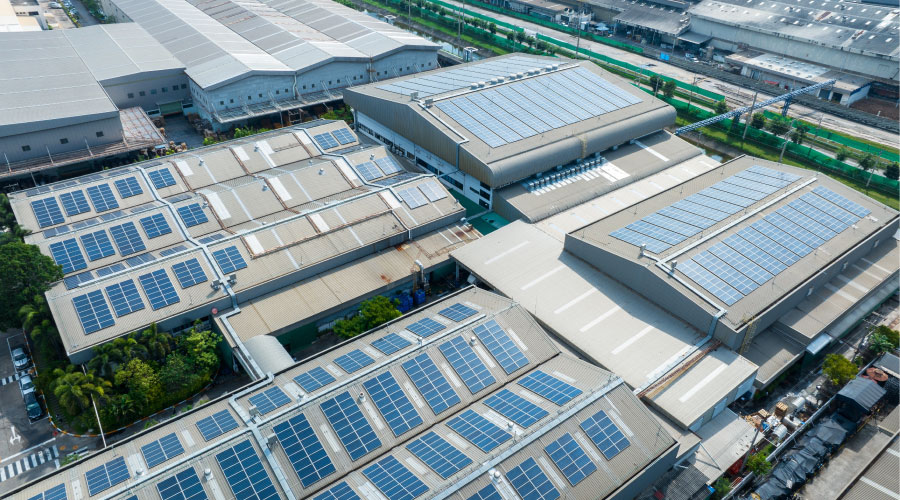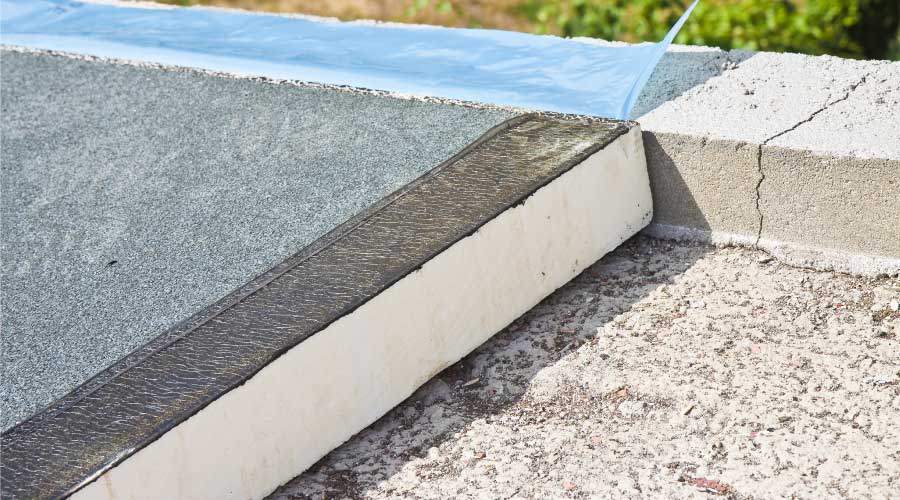Pilot Programs, Veterans’ Insights Help with Energy Optimization
A number of approaches can ease the way for new energy optimization products or services. These include using pilot programs, harvesting the insights of veterans in the field, and allowing for surprises – i.e., when a new technology doesn't work as expected.
When considering rolling out any new product into your portfolio, a main best practice is to start small with a controlled trial in one facility or in a portion of a facility. "If we find a product or a service that we think has viability, the first thing we're going to do is a little pilot program," Cooke says. "Let me experience it. Let me collect my data on it and see if it's really going to save me, versus what I've already got in place."
If a free sample isn't available from the manufacturer, a small pilot keeps the costs to try out the concept more palatable. And if it works, facility managers have a custom-made case study to support the business case for rolling the strategy out to the portfolio.
In addition to sampling products in their own facilities, experts encourage facility managers, especially those new to the field or those with less experience in energy optimization, to leverage the insight provided veterans in the field to see which products and services they vouch for (or caution against.) "Most people talk about what didn't work," says Strazdas. "That's when you press for details."
And lastly, understand and make provisions for the fact that new technology does not always work as expected. Here a pilot will also help to contain any negative impact on the organization. The key is to hammer out with the manufacturer or service provider what remediation they will provide in the event the product or service does not deliver exactly as promised, says Offermann. "You just have to balance the consequences," he says. "What am I comfortable with? What am I out? How does that affect my business? Am I willing to take that risk based on the reward?"
It's a lot to consider, but that's just par for the course, says Strazdas. "Our business managers expect us to be good stewards of our limited resources. And with being good stewards, you have to ask intelligent questions."
Naomi Millán is the senior editor of Building Operating Management.
Buyer, Beware
There are a lot of positive things to look for when considering energy optimization products and services. But here are a few things that would send our experts running for the hills.
- Lack of transparency. If there is not full transparency regarding how the return on investment is calculated, then "they don't give me the level of intelligence that I need to validate it," says Peter Strazdas, associate vice president, facilities management, Western Michigan University.
- Fishy details. Energy prices are increasing 10 percent year over year? Really? "If the details start to go south on me, I would probably not consider it," Strazdas says.
- Guinea pig status. This one depends on a facility manager's risk tolerance. Some might be willing to accept the risk of being the first in line. Others, not so much. "If it's so new and nobody else has tried it, do I want to be the guinea pig? Probably not," says Strazdas. "I need to know what other universities have used [the product] before and who can I call. The manufacturer is going to tell me what I want to hear."
- Poor pedigree. "Look at the background of the company," says Jim Cooke, president and CEO, The J. Fisher Group. "Who owns it? Who is on the board? Where did they get their technical information? How expert are they in that field? Do they really understand the technology?"
— Naomi Millán
|
Related Topics:
















